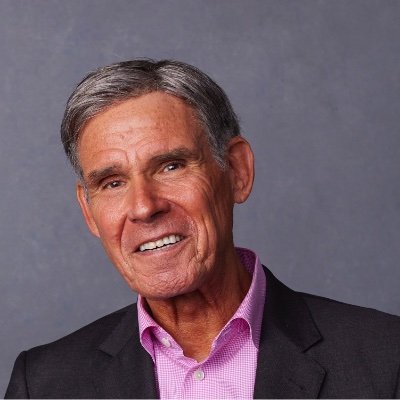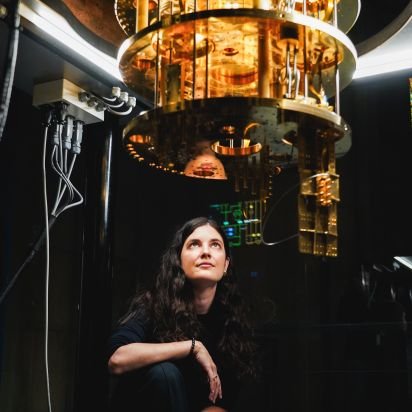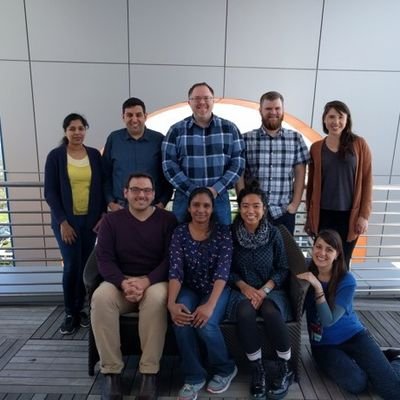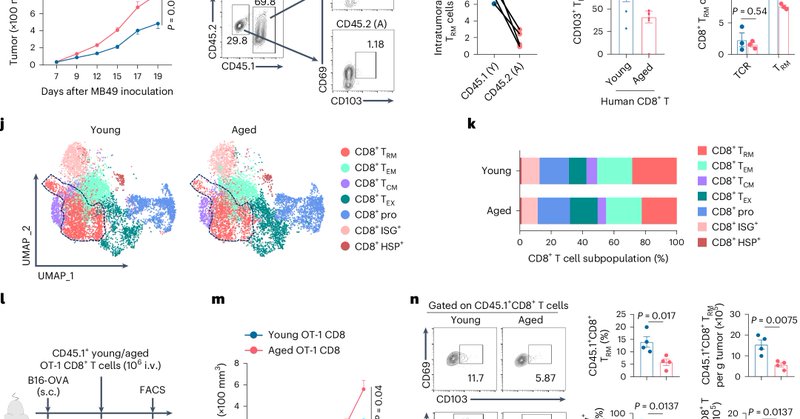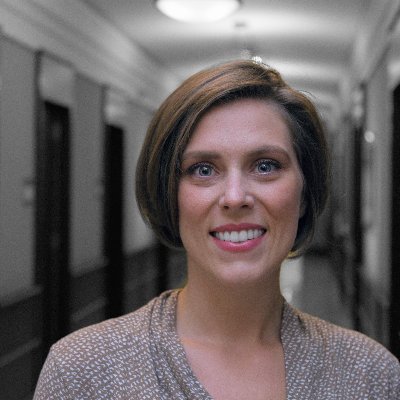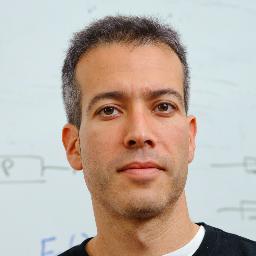
Rafael Viana
@RafaelVianaphD
Followers
79
Following
1K
Media
6
Statuses
547
Bioinformatics Manager at IDIPHISA
Joined October 2011
Sarcopenia prevention in older adults: Effectiveness and limitations of non-pharmacological interventions https://t.co/YHwEc165bt
5
197
563
The largest summary of supplements for depression.
174
496
6K
The brain is the master regulator of food intake and energy balance. A brilliant new @CellCellPress review, including the mechanism of GLP-1 drugs, by @ClemmensenC and colleagues, open-access https://t.co/KbDf7ym288
12
430
2K
Metformin, the first line drug for Type 2 diabetes, has been used for 60 years without a clearcut mechanism of action. It turns out it's not just reducing glucose output from the liver. Metformin also works via the brain
science.org
Metformin lowers blood glucose by inhibiting Rap1 in ventromedial hypothalamic neurons that regulate glucose balance.
40
544
3K
📢¡¡¡Máxima difusión!!!
🎉 ¡Abrimos convocatoria! Investigadores y empresas ya podéis solicitar acceso al ordenador cuántico de Quantum Spain y a los emuladores de @CESGA_ y @_SCAYLE 🙌🙌 - Acceso gestionado por @RES_HPC. - Envía tu solicitud hasta el 8 de mayo. Más info: https://t.co/0dck6FThhf
0
12
18
Your environment predicts aging and mortality more than genetics. 🧵1/10
30
337
2K
Exercise increases brain-derived neurotrophic factor - crucial for neuronal survival, growth, and plasticity. 🧵1/9
16
351
1K
In one year, I genetically engineered the boring Arabidopsis into a beautiful ornamental flower 🧬🌹 Here is how and why I gave this model organism a visual upgrade 🧵(1/7)
100
682
4K
We think of our own, biological memory the way we think of computer memory: the more, the better. But that’s not what evolution intended when it created learning. Learning is not just about storing information: it is about choosing what to store and what to discard. 🧵/1
50
279
2K
The SARS-CoV-2 spike protein stays in the brain after a COVID-19 infection. 🧵1/10
230
1K
5K
Did you know that Germany has its own large-scale population-based biobank? The German National Cohort or NAKO @NAKO_Studie If not, let me tell you why👇
8
48
166
Age-related decline in CD8+ tissue resident memory T cells compromises antitumor immunity @NatureAging
https://t.co/8kyoTtoeTV
nature.com
Nature Aging - Exploring how aging compromises antitumor immunity, the authors reveal an age-related impairment of cytotoxic CD8+ TRM cells in mouse tumor models and clinical samples. They...
0
48
179
If we look at thousands of proteins (i.e., signals) in the human blood, the protein most associated with chronic physical and mental illnesses is the **same protein** as the top marker for mitochondrial diseases: GDF15 When mitochondria cannot flux energy properly, the cell
33
330
1K
New work reveals the impact of anxiety & depression on PhD students. "Anxiety and depression can have a substantially detrimental impact on graduate students’ experiences [..] and likely also contribute to increased time to degree and student attrition." https://t.co/iNitLTuagj
36
665
2K
🧬Feeding the Gut to Fuel the Brain 🧠 An in-depth review in @NatMetabolism uncovers how the diet-microbiota-gut-brain axis influences brain health, linking dietary habits with cognitive and emotional well-being through gut-brain communication. 🌱 📖 Highlights • Poor diets may
66
153
527
Our new @NatureAging paper: We built 14 "biological clocks" representing the biological age and rate of aging of 14 major body systems using data from 13,000 people of the Human Phenotype Project Key findings: 1. Biological clocks are clinically meaningful: People with higher
22
394
1K



